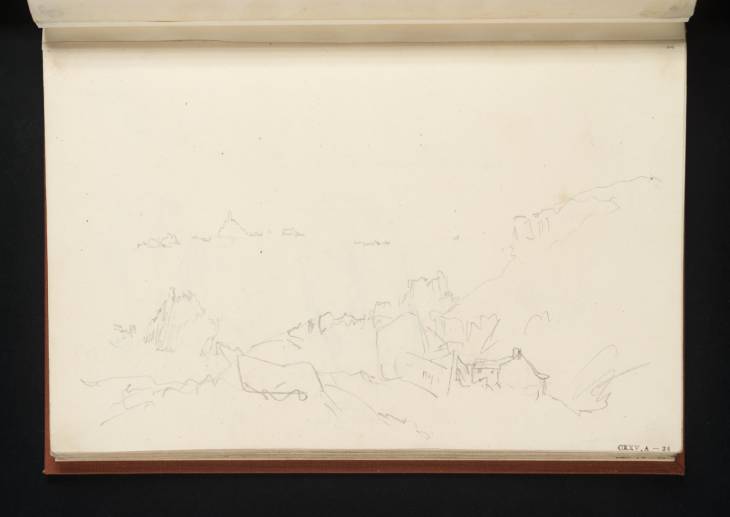Exhibition history
References
How to cite
Matthew Imms, ‘Land’s End: Longships Lighthouse and the Armed Knight from Carn Greeb 1811 by Joseph Mallord William Turner’, catalogue entry, July 2011, in David Blayney Brown (ed.), J.M.W. Turner: Sketchbooks, Drawings and Watercolours, Tate Research Publication, December 2012, https://www

